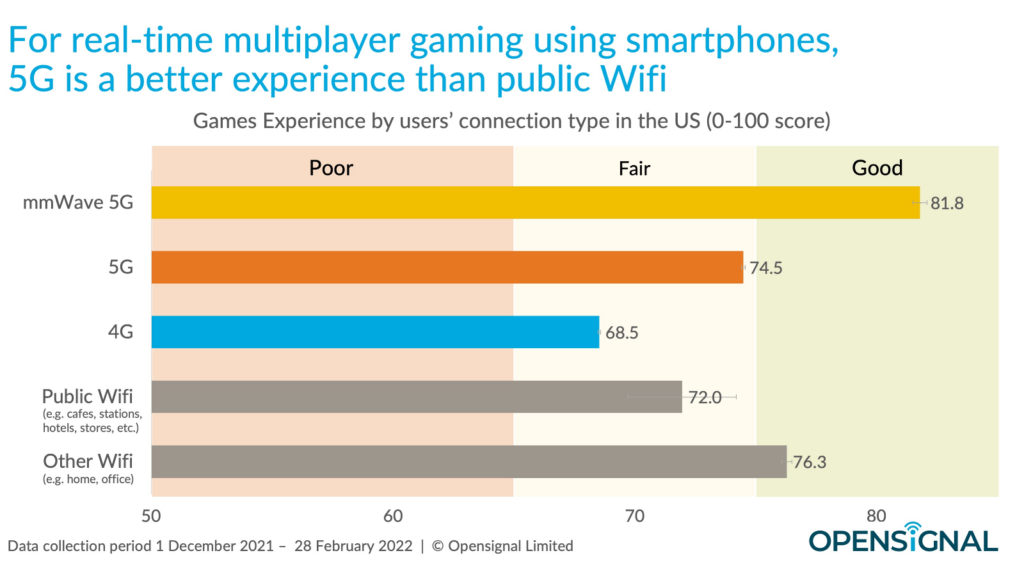Advancements in brain implants have made significant progress in recent years, yet they still face challenges with invasiveness and reliability. However, a groundbreaking brain-machine interface utilizing living neurons to establish connections could revolutionize the field.
Although companies like Neuralink have showcased impressive demonstrations of linking brains to computers, the technology’s limitations hinder widespread adoption. Non-invasive methods like electroencephalograms (EEGs) offer limited neural signal readings, restricting their utility. On the other hand, directly implanting electrodes in the brain can establish a clearer connection, but the associated risks make such procedures difficult to justify for all but the most severe cases.
Science Corporation, a California-based startup, proposes an implant that utilizes living neurons to establish connections with the brain, aiming to strike a balance between safety and precision. In a recent non-peer-reviewed research published on bioarXiv, the company demonstrated a prototype device capable of interfacing with the brains of mice, enabling them to detect simple light signals.
Alan Mardinly, the director of biology at Science Corporation, highlighted the advantages of a biohybrid implant, stating, “It can dramatically alter the scaling laws governing the number of neurons that can be interfaced with relative to the brain damage inflicted.” The company’s CEO, Max Hodak, a former president of Neuralink, believes that biohybrid approaches could offer a more sustainable long-term solution for brain-machine interfaces.
The company’s innovative implant features a honeycomb-like structure made of silicon with over 100,000 microwells, allowing individual neurons to be inserted into each well. While the neurons remain within the implant, their axons and dendrites can integrate with the host’s brain cells. In experiments conducted on mice, the light-sensitive neurons merged with the native brain cells, demonstrating the potential efficacy of the approach.
Despite the promising benefits of biohybrid devices, challenges remain, such as the device’s lifespan and the potential for negative immune responses. Nonetheless, if successful, this approach could offer a safer and more efficient method of merging humans with machines.
Image Credit: Science Corporation



